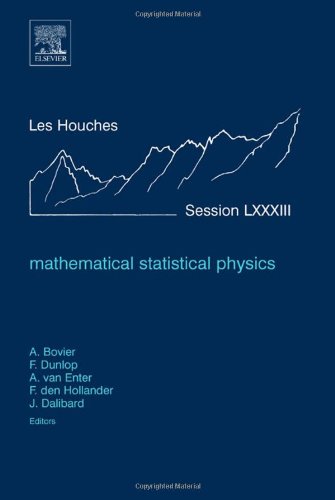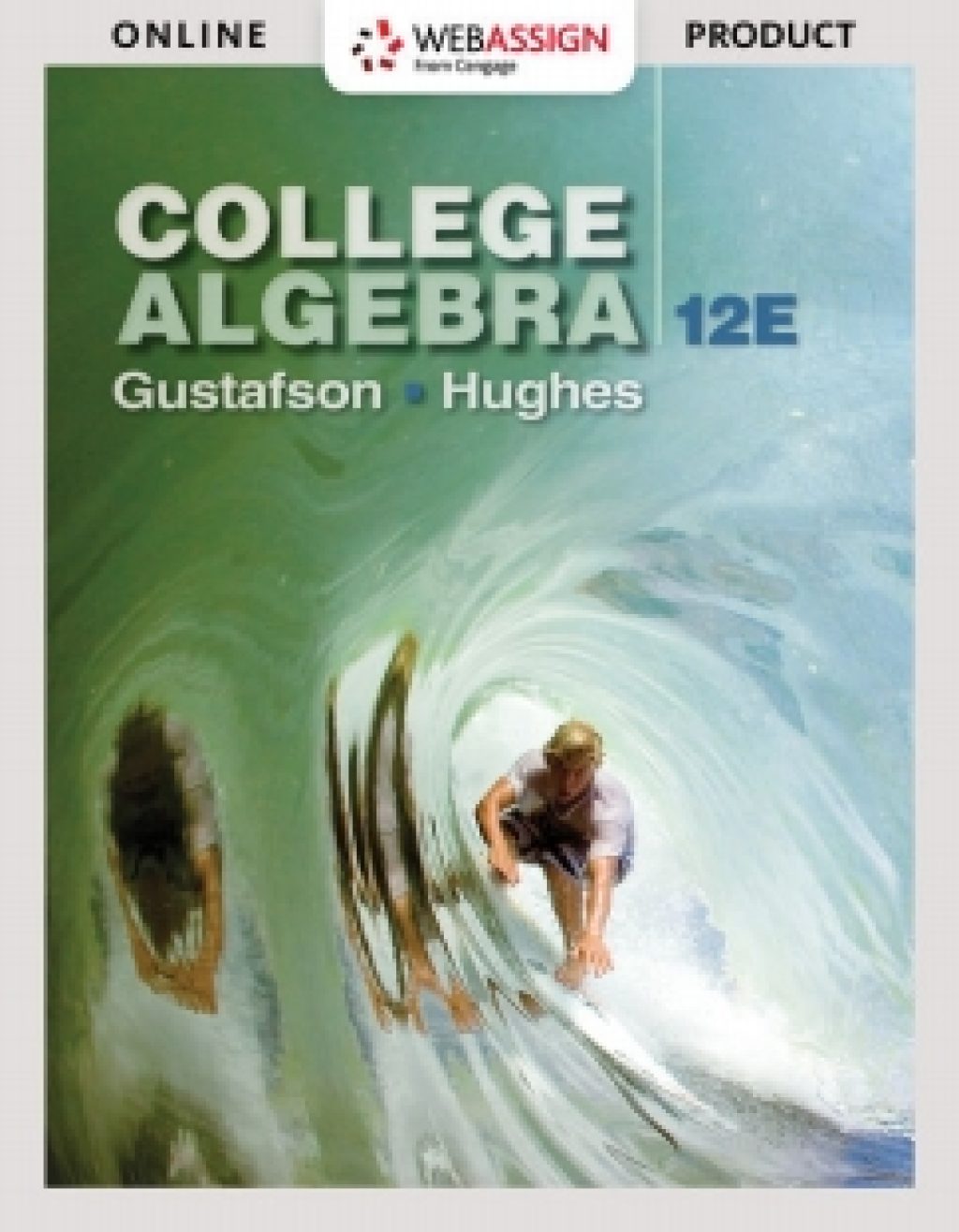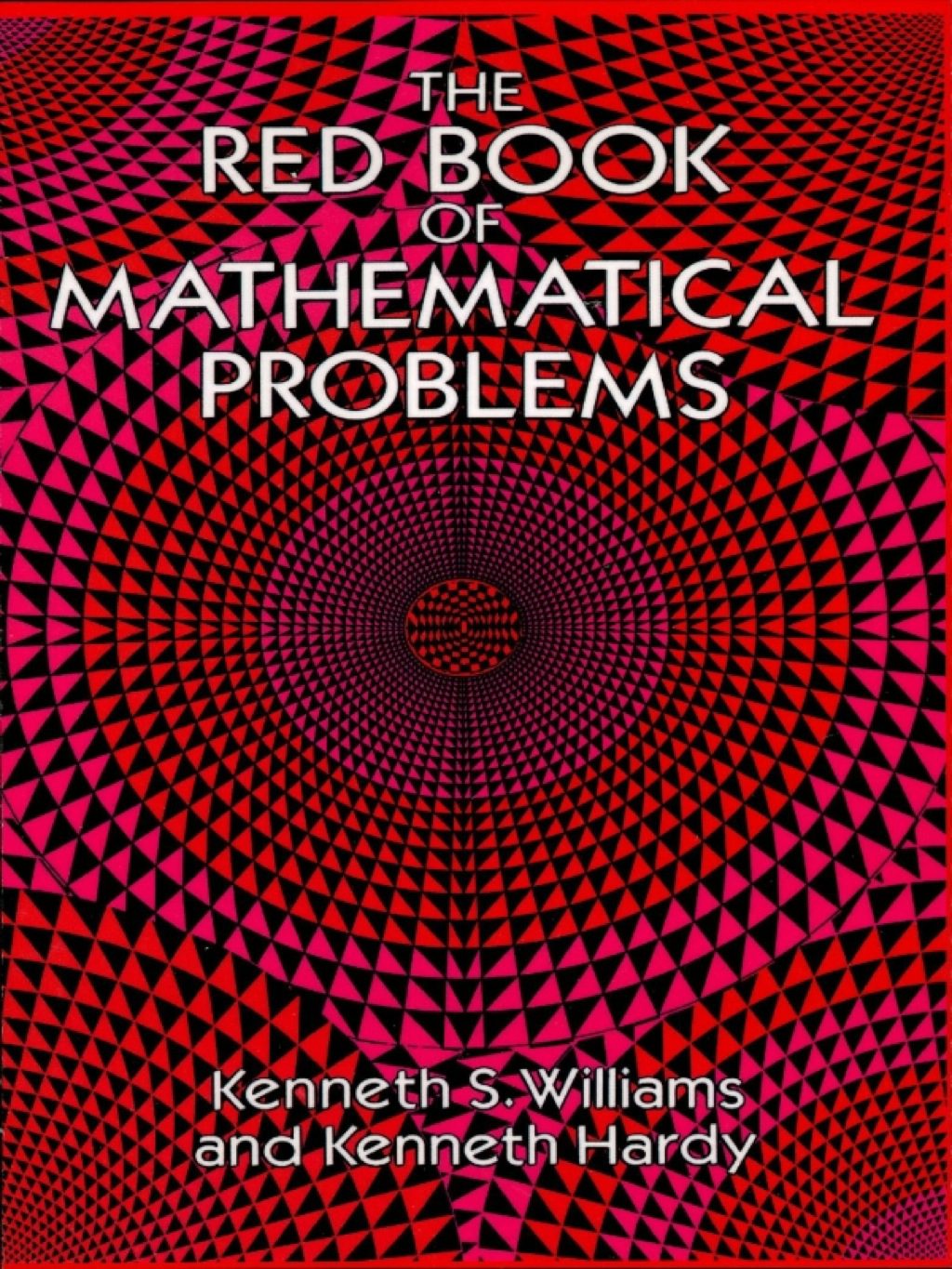Anton Bovier, François Dunlop, Aernout Van Enter, Frank Den Hollander, Jean Dalibard Ph.D.044452813X, 9780444528131, 9780080479231
Table of contents :
Front cover……Page 1
Lecturers who contributed to this volume……Page 3
Title page……Page 4
Copyright page……Page 5
Previous sessions……Page 7
Lecturers……Page 10
Participants……Page 12
Preface……Page 16
Informal seminars……Page 20
Table of contents……Page 22
Course 1 Random matrices and determinantal processes……Page 34
General theory……Page 38
Determinantal processes……Page 46
Measures defined by products of several determinants……Page 52
Non-intersecting paths and the LGV theorem……Page 56
The Aztec diamond……Page 58
Relations to other models……Page 63
Double contour integral formula for the correlation kernel……Page 66
Asymptotics for the Aztec diamond……Page 68
Asymptotics for random permutations……Page 74
Mapping to non-intersecting paths……Page 76
The Schur and Plancherel measures……Page 78
A discrete polynuclear growth model……Page 81
Proof of theorem 5.1……Page 83
References……Page 86
Course 2 Some recent aspects of random conformally invariant systems……Page 90
Self-avoiding walks and polygons……Page 96
Site-percolation……Page 97
The Ising model……Page 99
FK representations of Potts models……Page 101
The O(N) models……Page 102
Conformal invariance……Page 104
A conformal invariance property……Page 106
Uniqueness……Page 107
Existence……Page 110
Definition……Page 113
Computing with SLE……Page 116
Definition……Page 120
First properties……Page 122
The loop-soup construction……Page 123
Definition……Page 127
“Cliffs” as level lines……Page 128
References……Page 130
Course 3 Conformal random geometry……Page 134
Preamble……Page 138
A brief conformal history……Page 140
Conformal geometrical structures……Page 143
Quantum gravity……Page 144
Stochastic Löwner evolution……Page 145
Recent developments……Page 146
Synopsis……Page 148
Non-intersection probabilities……Page 150
Quantum gravity……Page 153
Random walks on a random lattice……Page 156
Non-intersections of packets of walks……Page 165
General star configurations……Page 170
Quantum gravity for SAW’s & RW’s……Page 173
RW-SAW exponents……Page 178
Brownian hiding exponents……Page 179
Cluster hull and external perimeter……Page 181
Harmonic measure of percolation frontiers……Page 183
Harmonic and path crossing exponents……Page 184
Quantum gravity for percolation……Page 185
Multifractality of percolation clusters……Page 186
Harmonic measure and potential near a fractal frontier……Page 189
Calculation of multifractal exponents from quantum gravity……Page 193
Geometrical analysis of multifractal spectra……Page 200
Double-sided spectra……Page 206
Winding of conformally invariant curves……Page 211
Harmonic measure and rotations……Page 212
Exact mixed multifractal spectra……Page 213
Conformal invariance and quantum gravity……Page 216
Rotation scaling exponents……Page 218
Geometric duality in O(N) and Potts cluster frontiers……Page 220
Geometric duality of SLEkappa……Page 223
Dual dimensions……Page 226
KPZ for SLE……Page 229
Short distance expansion……Page 231
Multiple paths in O(N), Potts models and SLE……Page 233
SLE(kappa, rho) and quantum gravity……Page 235
Multifractal exponents for multiple SLE’s……Page 237
References……Page 242
Course 4 Random motions in random media……Page 252
Introduction……Page 256
RWRE……Page 257
RCM……Page 258
Back to RWRE……Page 262
Diffusions in random environment……Page 268
References……Page 270
Course 5 An introduction to mean field spin glas theory: methods and results……Page 276
Introduction……Page 280
The mean field ferromagnetic model. Convexity and cavity methods……Page 284
The mean field spin glass model. Basic definitions……Page 288
The interpolation method and its generalizations……Page 290
The thermodynamic limit and the variational bounds……Page 293
The Parisi representation for the free energy……Page 296
Conclusion and outlook for future developments……Page 301
References……Page 302
Course 6 Short-range spin glasses: selected open problems……Page 306
Introduction……Page 310
The Fortuin-Kasteleyn random cluster representation and phase transitions……Page 314
Spin glass ground states and invasion percolation……Page 317
Ground state multiplicity in the 2D EA spin glass……Page 321
References……Page 323
Course 7 Computing the number of metastable states in infinite-range models……Page 328
Introduction……Page 332
The TAP equations……Page 336
A simple analysis of the solutions of the Bethe equations……Page 340
The direct approach: general considerations……Page 345
The supersymmetric formulation……Page 349
Spontaneous supersymmetry breaking……Page 351
An explicit computation: the complexity of the SK model……Page 354
A few words on quenched complexity……Page 357
Conclusions and open problems……Page 358
References……Page 360
Course 8 Dynamics of trap models……Page 364
Introduction……Page 368
Definition of the Bouchaud trap model……Page 371
Examples of trap models……Page 374
Natural questions on trap models……Page 375
References……Page 376
The Fontes-Isopi-Newman singular diffusion……Page 377
The scaling limit……Page 379
Time-scale change of Brownian motion……Page 380
A coupling for walks on different scales……Page 382
Scaling limit……Page 384
Aging results……Page 385
Subaging results……Page 386
Behaviour of the aging functions on different time scales……Page 387
The fractional-kinetics process……Page 389
Scaling limit……Page 391
Aging results……Page 392
The coarse-graining procedure……Page 393
The arcsine law as a universal aging scheme……Page 396
Aging on large complete graphs……Page 397
Deep traps……Page 400
Shallow traps……Page 402
Proof of Theorem 5.1……Page 404
The alpha-stable subordinator as a universal clock……Page 406
Potential-theoretic characterisation……Page 410
Aging in the REM……Page 413
Short time scales……Page 414
Long time scales……Page 416
Open questions and conjectures……Page 418
Aging on large tori……Page 419
Appendix A. Subordinators……Page 420
References……Page 424
Course 9 Quantum entropy and quantum information……Page 428
Introduction……Page 432
Rudiments of Classical Information Theory……Page 433
Entropy in Classical Information Theory……Page 438
Entropy of a pair of random variables……Page 439
Shannon’s Noiseless Channel Coding Theorem……Page 442
Asymptotic Equipartition Property (AEP)……Page 443
Consequences of the AEP……Page 445
Information transmission and Channel Capacity……Page 447
Introduction to Quantum Information Theory……Page 450
Open systems……Page 453
Properties of the density matrix……Page 454
Reduced density matrix and partial trace……Page 455
Time evolution of open systems……Page 460
Generalized measurements……Page 463
Implementation of a generalized measurement……Page 464
Quantum entropy……Page 467
Properties of the von Neumann entropy S(rho)……Page 469
Data compression in Quantum Information Theory……Page 474
Schumacher’s Theorem for memoryless quantum sources……Page 475
Quantum channels and additivity……Page 481
The noise in the channel……Page 483
Capacities of a quantum channel……Page 484
Classical capacity of a quantum channel……Page 485
A sufficient condition for additivity……Page 491
Multiplicativity of the maximal p-norm……Page 495
Bibliography……Page 496
Course 10 Two lectures on iterative coding and statistical mechanics……Page 500
Introduction……Page 504
Codes on graphs……Page 505
Characterizing the code performances……Page 506
Bounding the conditional entropy……Page 507
A parenthesis……Page 511
Density evolution a.k.a. distributional recursive equations……Page 512
The area theorem and some general questions……Page 515
References……Page 517
Course 11 Evolution in fluctuating populations……Page 522
Introduction……Page 526
Kingman’s coalescent……Page 528
Introducing structure……Page 530
Fluctuations matter……Page 531
Balancing selection……Page 532
A second neutral locus……Page 535
The problem……Page 536
The ancestral recombination graph and local trees……Page 537
Back to the main plot……Page 539
The diffusion approximation……Page 540
Extensions……Page 545
Summary and notes of caution……Page 546
Branching process models……Page 547
The classical stepping stone model……Page 550
Duality……Page 552
Neutral evolution……Page 554
Models in continuous space……Page 556
Malécot’s formula……Page 557
Locally regulated populations……Page 562
Competing species……Page 566
Branching annihilating random walk……Page 570
A duality and a conjecture for Model II……Page 571
Conjectures for Model I……Page 572
Heteromyopia……Page 573
References……Page 575
Course 12 Multi-scale analysis of population models……Page 580
Spatial diffusion models of population genetics……Page 584
The function-valued dual process……Page 589
The refined dual process……Page 593
Application: ergodic theorem……Page 598
The neutral models: IMM and IFWD……Page 599
The concept of the historical process……Page 601
The concept of the look-down process……Page 602
Representation theorem via look-down……Page 605
Representation via coalescent……Page 608
Quasi-equilibria: elements of the multi-scale analysis……Page 610
Mean-field models and McKean-Vlasov limit……Page 611
The mean-field dual……Page 612
Longtime behavior of McKean-Vlasov process……Page 614
Large time-space scale behavior of mean-field model……Page 615
Punctuated equilibria and hierarchical mean-field limit……Page 618
Detailed specification of selection and mutation mechanisms……Page 619
Interpretation of the model from the point of view of evolutionary theory……Page 621
The basic scenario……Page 622
The hierarchical mean-field limit……Page 624
Two interaction chains……Page 626
Basic limit theorem……Page 627
Punctuated equilibria: emergence and take-over……Page 629
References……Page 635
Course 13 Elements of nonequilibrium statistical mechanics……Page 640
The goal……Page 644
The plan……Page 645
Heuristics of an H-theorem……Page 646
H-theorem: the problem……Page 647
Macroscopic H-theorem……Page 648
Semigroup property……Page 649
Reversibility……Page 650
Propagation of constrained equilibrium……Page 651
Pathwise H-theorem……Page 652
Hamiltonian dynamics……Page 654
Non-uniqueness……Page 655
Boundary conditions to the Hamiltonian flow……Page 656
Entropy production and heat currents……Page 657
Mean entropy production……Page 659
Getting work done……Page 660
First goal……Page 662
Entropy in irreversible thermodynamics……Page 663
Reduced variables……Page 665
Entropy functional……Page 666
Equilibrium entropy……Page 667
Closed systems……Page 668
Example: diffusion in local thermodynamic equilibrium……Page 669
Asymmetric exclusion process……Page 671
Strongly chaotic dynamical systems……Page 673
Gibbs formalism……Page 674
An application: Jarzynski’s identity……Page 676
Response relations……Page 681
The problem……Page 682
The missing link……Page 684
References……Page 685
Course 14 Mathematical aspects of the abelian sandpile model……Page 690
Introduction……Page 694
The crazy office……Page 697
Rooted spanning trees……Page 699
Group structure……Page 700
The stationary measure……Page 705
Toppling numbers……Page 706
General finite volume abelian sandpiles……Page 708
Allowed configurations……Page 712
Rooted spanning trees……Page 715
Group structure……Page 717
Addition of recurrent configurations……Page 718
General toppling matrices……Page 719
Avalanches and waves……Page 720
Height one and weakly allowed clusters……Page 722
Towards infinite-volume: the basic questions……Page 726
General estimates……Page 729
Construction of a stationary Markov process……Page 731
Infinite volume limits of the dissipative model……Page 735
Ergodicity of the dissipative infinite-volume dynamics……Page 739
Back to criticality……Page 743
Wilson’s algorithm and two-component spanning trees……Page 746
A second proof of finiteness of waves……Page 751
Stabilizability and “the organization of self-organized criticality”……Page 753
References……Page 759
Course 15 Gibbsianness and non-Gibbsianness in lattice random fields……Page 764
Historical remarks and purpose of the course……Page 768
Setup, notation, and basic notions……Page 770
Probability kernels……Page 775
Conditional probabilities……Page 777
Specifications. Consistency……Page 780
Boltzmann prescription. Gibbs measures……Page 785
Properties of Gibbsian (and some other) specifications……Page 787
The Gibbsianness question……Page 791
Construction of the vacuum potential……Page 792
Summability of the vacuum potential……Page 795
Kozlov theorem……Page 797
Less Gibbsian measures……Page 800
Linear transformations of measures……Page 803
Absence of uniform non-nullness……Page 806
Absence of quasilocality……Page 807
The scenarios……Page 810
Step zero: understanding the conditioned measures……Page 812
The three steps of a non-quasilocality proof……Page 815
Non-quasilocality throughout the phase diagram……Page 819
Surprise number two: spin-flip evolutions……Page 820
Surprise number three: disordered models……Page 824
References……Page 827
Course 16 Simulation of statistical mechanics models……Page 834
The Swendsen-Wang algorithm: some recent progress……Page 838
Fortuin-Kasteleyn representation and Swendsen-Wang algorithm……Page 839
Dynamic critical behavior: numerical results……Page 842
How much do we understand about the SW dynamics?……Page 843
References……Page 846







Reviews
There are no reviews yet.